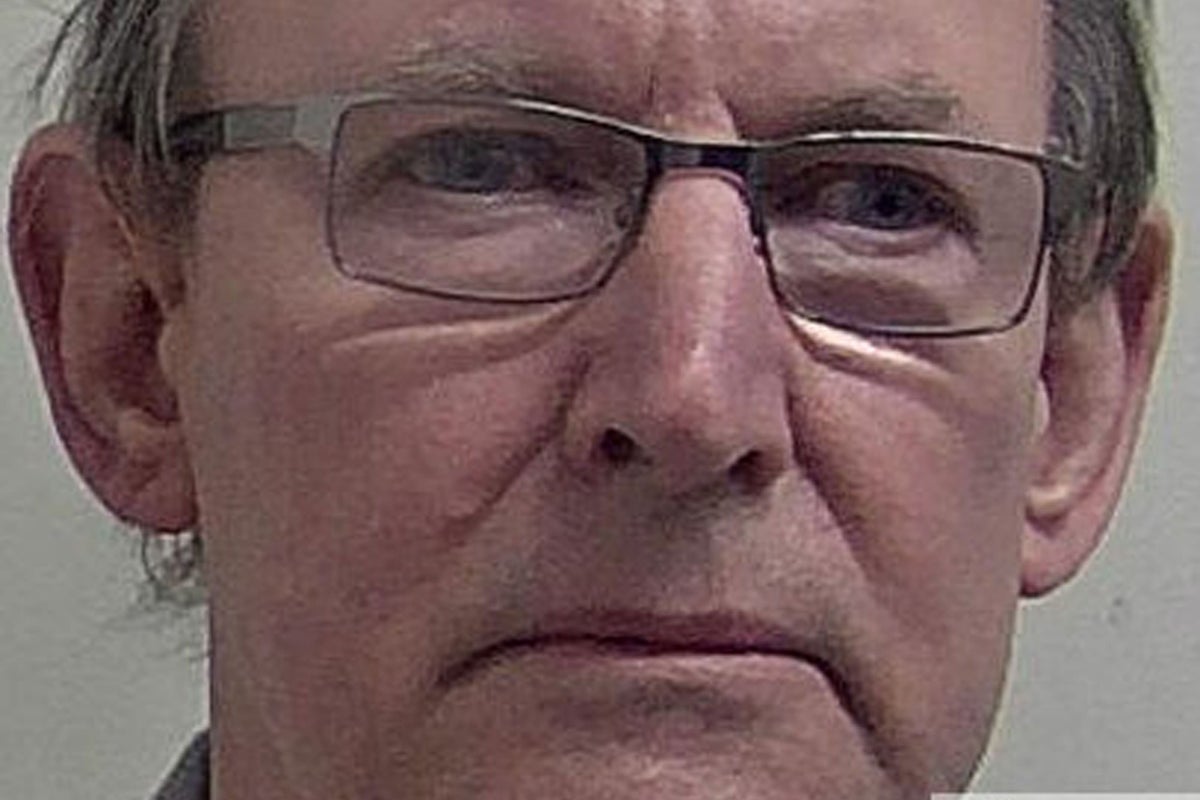
Years of “systemic procedural failings” at an NHS hospital enabled necrophiliac murderer David Fuller to sexually abuse the corpses of more than 100 women and girls for 15 years, an independent inquiry has found.
The 68-year-old electrician was handed a whole-life order in 2021 after police uncovered a harrowing trove of photographs of the abuse in a search of his East Sussex home, and an inquiry was launched to understand how he was able to commit his crimes undetected for so long at Maidstone and Tunbridge Wells NHS Trust.
The inquiry has found that “failures of management, of governance, of regulation, failure to follow standard policies and procedures, together with a persistent lack of curiosity, all contributed to the creation of the environment in which he was able to offend, and to do so for 15 years without ever being suspected or caught”.
Necrophiliac David Fuller was found in 2021 to have committed the long-unsolved ‘bedsit murders’ in 1987— (Kent Police/PA)
Leaders at the NHS Trust, and others charged with oversight and regulation, should “reflect seriously and carefully on their responsibility for the weaknesses and failings” identified by the inquiry, its lead Sir Jonathan Michael told reporters on Tuesday.
There were missed opportunities to question Fuller’s working practices, and it was never properly queried why he routinely worked beyond his contracted hours undertaking unnecessary tasks in the mortuary, Sir Jonathan said.
“There was little regard given to who was accessing the mortuary. Fuller entered the mortuary 444 times in a single year and this went unnoticed and unchecked,” he added.
Mortuary staff were mostly unsupervised, left to their own devices, and frequently did not follow standard operating procedures, according to the inquiry, which heard from more than 200 witnesses and reviewed some 3,700 documents.
“Deceased people were left out of fridges in the post-mortem room both overnight, and during working hours when Fuller was carrying out maintenance tasks,” said Sir Jonathan, noting that he was not accompanied or supervised by mortuary staff at these times.
“On their intermittent assessments, those responsible for the regulation of the mortuary often did not detect these systemic procedural failings.”
Fuller himself told the inquiry that he had been able to access the mortuary logbook to assess whether the corpses he abused posed a risk of serious infections, and found a way to effectively lock the door of the post-mortem room from the inside.
The inquiry was also told by one witness that they had been made aware in 1998 of an allegation of necrophilia in the Kent and Sussex Weald NHS Trust mortuary by an electrician. But the supposed remarks were not corroborated by the person said to have made them and the inquiry was unable to substantiate the claim.
Leaders at the Maidstone and Tunbridge Wells NHS Trust have been told ‘to reflect seriously and carefully on their responsibility for the weaknesses and failings’ identified— (Gareth Fuller/PA)
Among 17 recommendations made by the inquiry, the Trust has been told to install CCTV footage within the mortuary, and advised that non-mortuary staff and contractors should always be accompanied by another staff member when they visit the facility.
Fuller filmed himself sexually abusing the corpses of more than 100 women and girls in the now-closed Kent and Sussex Hospital, and Tunbridge Wells Hospital, where he had worked since 1989.
More than half of his offences were committed between 2018 and his arrest in December 2020 – a period which coincided with “rapid improvement” in other area of the NHS Trust’s performance, Sir Jonathan noted.
“This serves as a stark reminder that there may be serious hidden issues found in organisations that are apparently performing well,” he said.
Police discovered a library of 818,051 images and 504 videos of his abuse during a search of the three-bedroom home in Heathfield, where he lived with his family – after Fuller was arrested for one of the UK’s longest-standing unsolved double murder cases.
In what had been dubbed the “bedsit murders”, Fuller beat and strangled Wendy Knell, 25, and Caroline Pierce, 20, to death before sexually assaulting them in two separate attacks in Tunbridge Wells in 1987.
Caroline Pierce, 20 (left) and Wendy Knell, 25 (right) were both murdered by Fuller in 1987— (PA)
Knell was found dead in her apartment, while Pierce was snatched five months later outside her home, situated half a mile away on a quiet residential street. Her naked body was discovered in a water-filled dyke at St Mary in the Marsh on 15 December.
But it was only with a new analysis of decades-old DNA evidence – which identified a relative on the national database – that Fuller was finally arrested on 3 December 2020.
While Fuller initially pleaded not guilty to the murders on the grounds of diminished responsibility, he dramatically changed his plea on the fourth day of his trial in November 2021 – and was handed a whole-life sentence the following month.
Following the discovery of Fuller’s library of photographs, he also pleaded guilty to 44 charges relating to 78 victims in mortuaries at Maidstone and Tunbridge Wells NHS Trust between 2008 and November 2020. Last November, Fuller then admitted to sexually abusing an additional 23 dead women between 2007 and 2020.
The next phase of the independent inquiry will widen its focus across the NHS, to identify possible failings in the oversight of mortuaries, and will also look at funeral homes.







